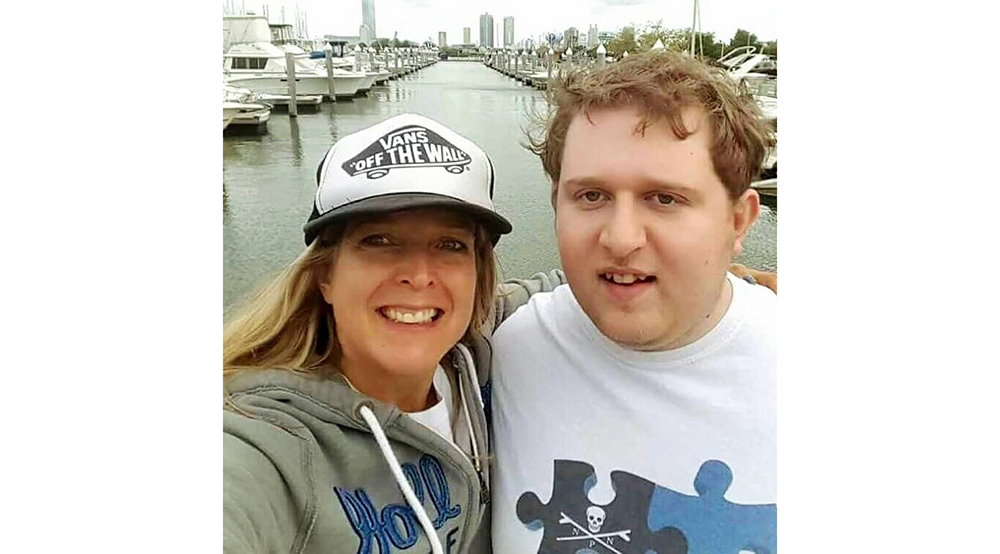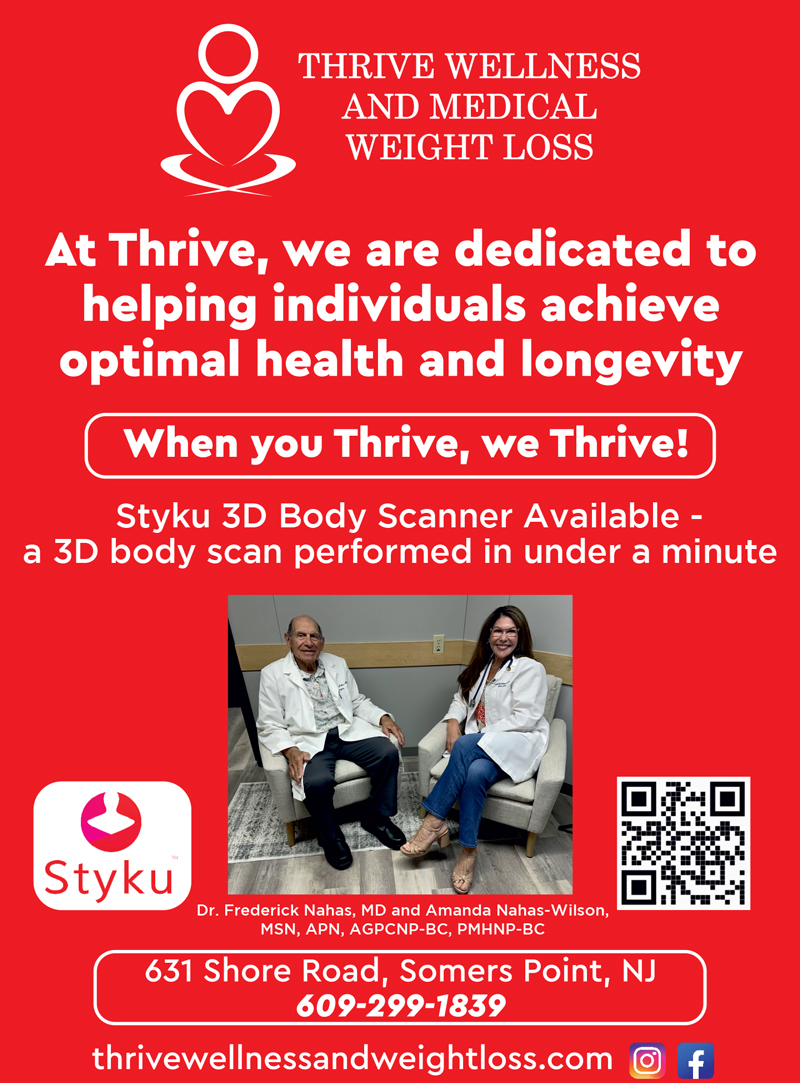Letter from the editor
When our son was diagnosed with autism in 1997, we were thrust into a world that felt unfamiliar and uncertain. At the time, public understanding of autism was limited, resources were few and the internet was still in its infancy. Aside from the 1989 film “Rain Man,” which offered a narrow and often misunderstood portrayal, autism was rarely discussed or recognized.
We were told that autism affected one in 500 children—a number that had already risen significantly from previous estimates of one in 10,000. Still, we felt isolated. Support groups were scarce, and there was little to guide us. I remember visiting the library and searching the card catalog for information, only to come up empty. Our bulky new home computer was mostly used for the kids’ educational games and email had only just emerged. We learned as we went—through trial, error and unconditional love.
Today, the picture looks very different. According to the CDC, one in 36 children is now diagnosed with autism spectrum disorder (ASD). What was once seen as rare is now a recognized part of our schools, workplaces, neighborhoods and families.
ASD encompasses a wide range of neurological and developmental differences that affect communication, social interaction and sensory processing. The spectrum is broad. Some individuals are nonverbal and require significant daily support, while others live independently, maintain relationships and hold jobs, but still navigate challenges like anxiety, sensory sensitivities or difficulty reading social cues. No two people experience autism in the same way—that’s what makes it a spectrum.
Chances are, you know someone with autism—a friend, classmate, co-worker, sibling or grandchild. And while awareness has grown significantly, there is still work to be done in fostering deeper understanding and acceptance.
April is Autism Awareness and Acceptance Month. It’s a time not only to educate ourselves but to embrace and celebrate the unique strengths and challenges of those on the spectrum. It’s a time to listen, advocate and support.
Our son Jamie would be turning 31 this year. Tragically, we lost him in 2020 at the onset of the pandemic. His life was cut short by SUDEP (Sudden Unexpected Death in Epilepsy), leaving our hearts broken. While the connection between autism and epilepsy is still being studied, the National Institutes of Health reports that individuals with autism have a significantly higher risk of seizures than the general population—a risk that increases during adolescence.
This issue of Shore Local is dedicated to raising awareness and understanding of autism—an issue deeply personal to us. We’re proud to employ several individuals on the autism spectrum, including our longtime events coordinator, Steffen Klenk. A dedicated advocate, Steffen recently brought the Blue Envelope Initiative to Ocean City, which helps law enforcement better communicate with individuals on the spectrum. You can read more about that on page 8.
Also in this issue, music producer and autism dad Jerry Ryan shares insight into how music can benefit individuals with autism, and health reporter Robin Stoloff has compiled a helpful list of local resources for families navigating the autism journey.
As a parent, I’m both grateful for the progress we’ve made and hopeful for the road ahead. I envision a future where every person with autism is valued, supported and given every opportunity to thrive.
Peace & Love,
Cindy

















